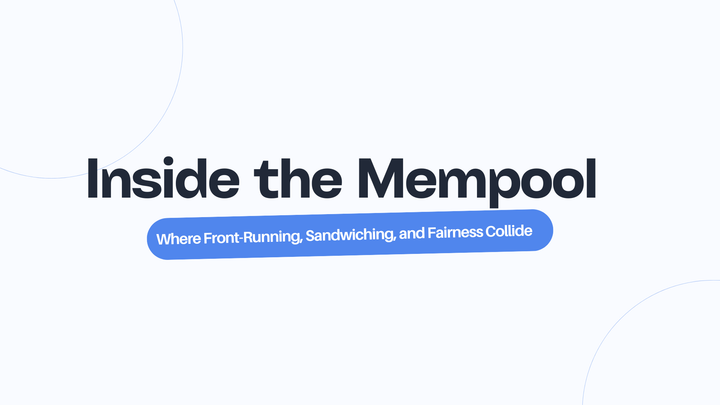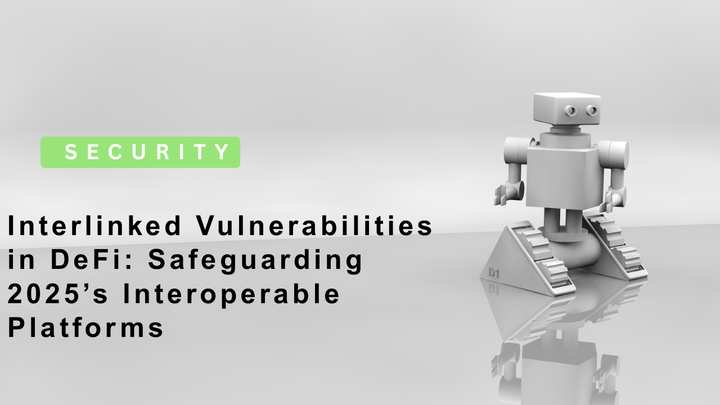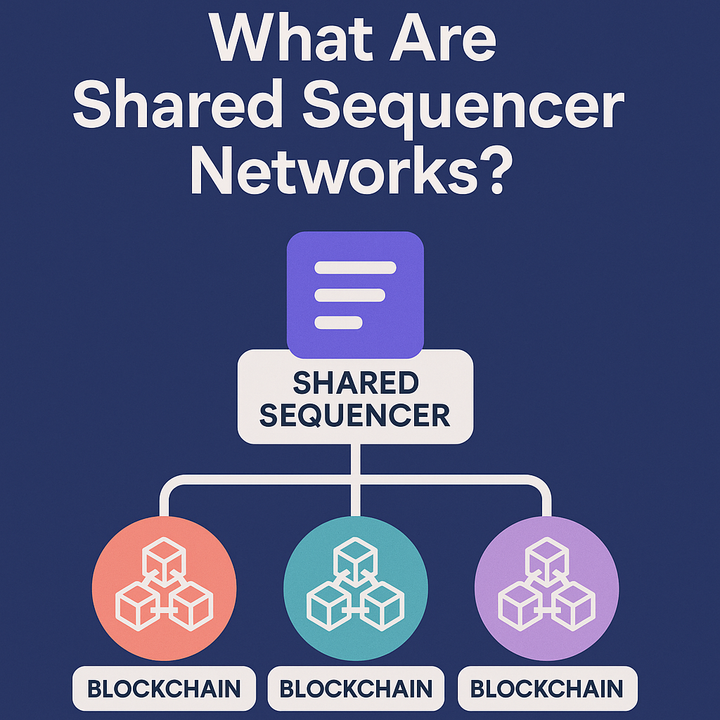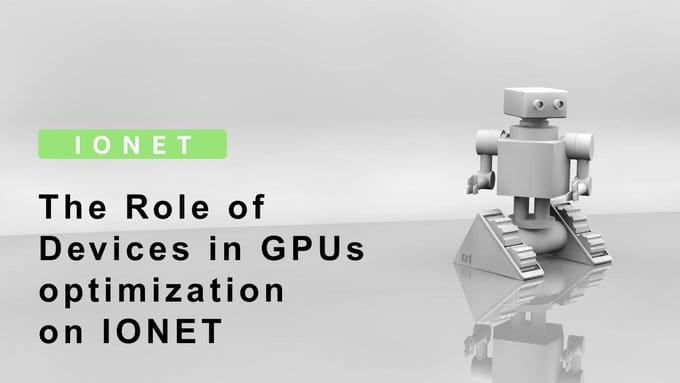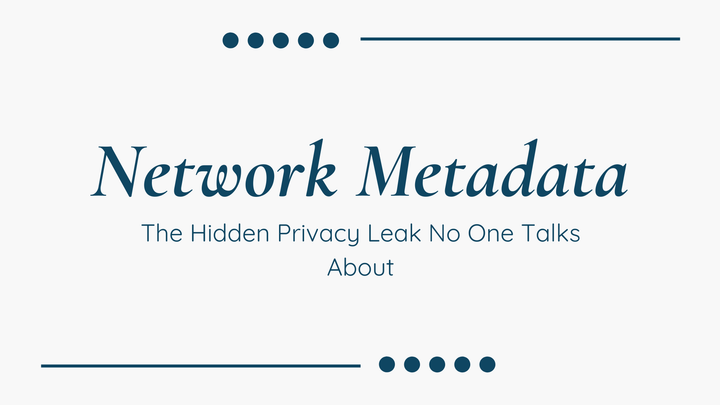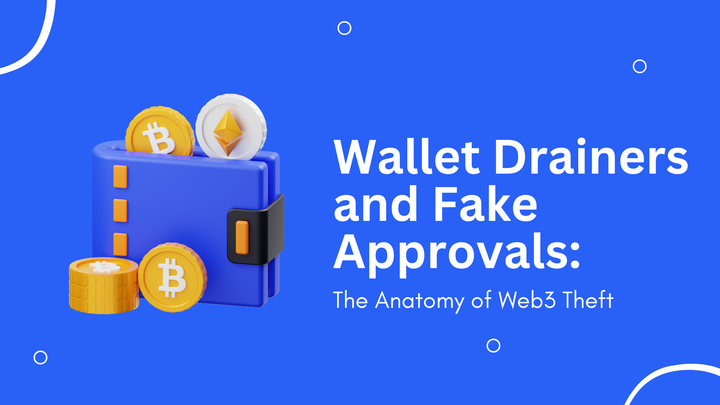
Wallet Drainers and Fake Approvals: The Anatomy of Web3 Theft
Web3 promises decentralization, digital ownership, and financial autonomy, but it also comes with new types of risks. One of the most common and damaging threats facing Web3 users today is wallet drainers that exploit fake token approvals. These scams often go unnoticed until it's too late, resulting in
